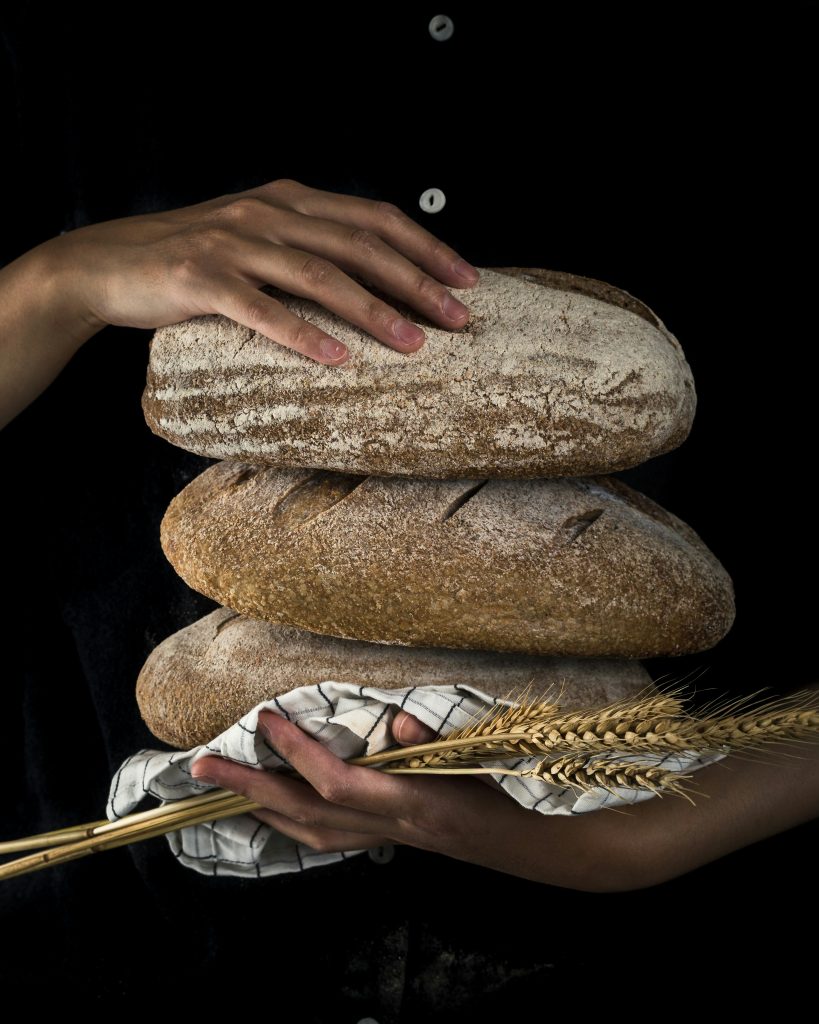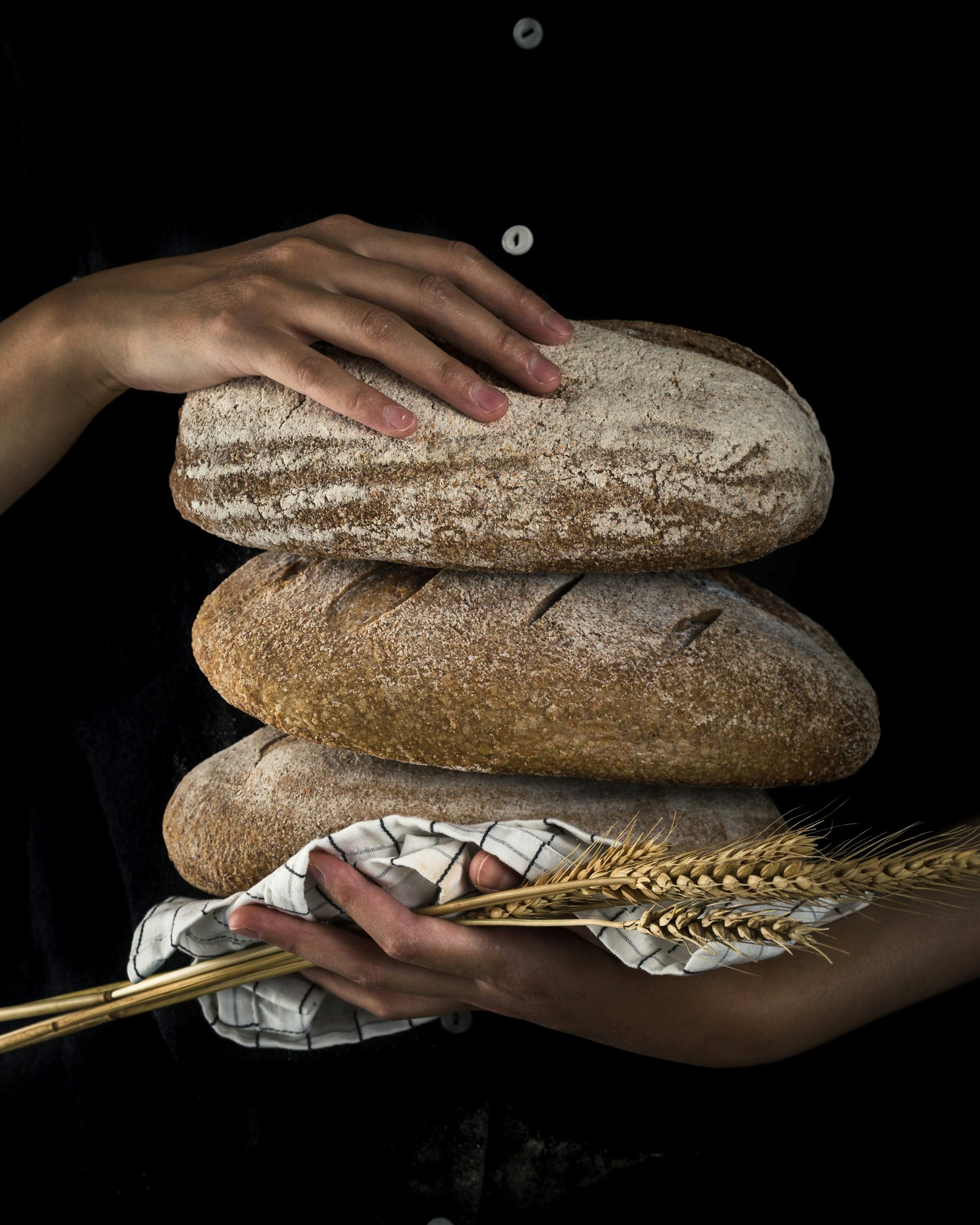When it comes to toast, the bread you choose can make all the difference. With a wide variety of bread types available, understanding their unique characteristics can help you select the best option for your favorite toppings. Let’s explore the science of bread and how different varieties impact your toast experience.

Ladle of Contents
1. White Bread
Characteristics: Soft, light, and airy, white bread is made from refined flour, which gives it a smooth texture and mild flavor.
Toast Effects: When toasted, white bread develops a golden-brown crust while maintaining a fluffy interior. It absorbs toppings well, making it ideal for spreads like butter or jam. However, its lack of whole grains means it may not provide the same level of nutrients as other breads.
2. Whole Wheat Bread
Characteristics: Made from whole grain wheat flour, this bread retains the bran and germ, giving it a denser texture and richer flavor.
Toast Effects: Whole wheat bread toasts to a darker shade and has a hearty chewiness. Its nutty flavor pairs well with savory toppings like avocado or hummus, and its higher fiber content offers more nutritional benefits compared to white bread.
3. Sourdough
Characteristics: Known for its tangy flavor and chewy crust, sourdough is made through a natural fermentation process using wild yeast and bacteria.
Toast Effects: Sourdough creates a crispy crust and a chewy interior when toasted, enhancing its complex flavors. It’s perfect for gourmet toppings, such as smoked salmon or poached eggs, and can add a delightful depth to your breakfast.
4. Rye Bread
Characteristics: Rye bread is made from rye flour, which gives it a denser texture and a distinct earthy flavor. It can be light or dark, depending on the type of rye used.
Toast Effects: When toasted, rye bread develops a robust flavor that pairs beautifully with toppings like pastrami or cream cheese. Its denser structure means it holds up well to hearty spreads without becoming soggy.
5. Multigrain Bread
Characteristics: This bread combines various grains and seeds, including oats, barley, and flax, offering a nutty flavor and chewy texture.
Toast Effects: Multigrain bread toasts well, creating a crispy crust while retaining moisture inside. It’s a nutritious choice that pairs wonderfully with both sweet and savory toppings, such as almond butter or a vegetable medley.
6. Gluten-Free Bread
Characteristics: Made from alternative flours like almond, rice, or oat flour, gluten-free bread caters to those with gluten sensitivities or celiac disease.
Toast Effects: Gluten-free bread can vary in texture and flavor, but when toasted, it often develops a satisfying crunch. Pair it with toppings like fresh fruit or nut spreads for a delicious breakfast that accommodates dietary restrictions.
7. Brioche
Characteristics: Rich and buttery, brioche is a soft bread made with eggs and butter, resulting in a tender crumb and sweet flavor.
Toast Effects: Brioche takes on a delightful golden hue when toasted, with a crisp exterior and a soft interior. It’s perfect for sweet toppings like Nutella or fruit compote, transforming your breakfast into a decadent treat.
Conclusion
The type of bread you choose can greatly influence your toast experience. From the airy softness of white bread to the hearty chewiness of whole wheat and the rich flavors of sourdough, each variety offers unique qualities that can enhance your breakfast. By understanding the science behind these breads, you can make informed choices that elevate your toast game. So next time you reach for a loaf, consider how its characteristics will complement your favorite toppings and create a breakfast that delights your taste buds.








